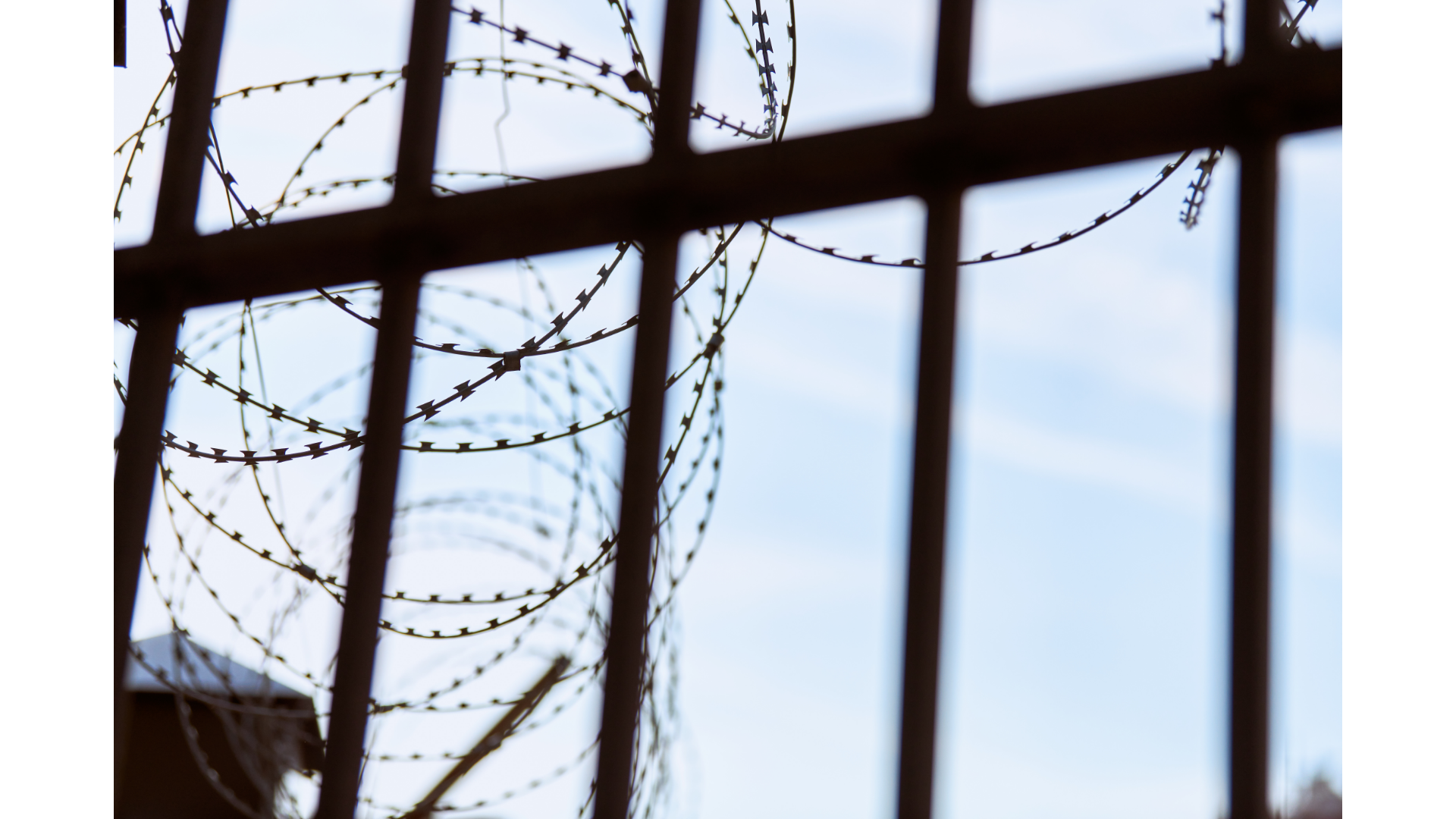Asylum seekers forced into detention: a harrowing journey
Migration phenomena are not new to Malta. Since 2004, this archipelago in the middle of the Mediterranean Sea has seen a huge increase in arrivals to the country. Both of regular and irregular migrants and asylum seekers.
Those who undertake this journey in search of protection and safety do so with the awareness of the many difficulties and obstacles that lie ahead. Many times, the island represents a temporary destination, only useful for reaching continental Europe.
Some data
To date, Malta has one of the highest refugee concentrations in the world, which in 2017 was around 8,000. Up until 2020 irregular arrivals by sea marked a figure of over 2,000. In contrast to the 63% decrease registered in 2021, when arrivals were 832.
According to UNHCR, most of the asylum seekers between January and December 2021 came from Eritrea, followed by Syrian and Sudanese citizens, who represented respectively 26%, 16%, and 12% of arrivals by sea.
Is it an Emergency?
Despite the recorded decline, government officials have defined the Maltese migration landscape as an emergency and a national crisis. A label that takes place within a rather controversial migration policy at EU level.
It suffices to think of 2018, when the Maltese government was accused by the International Federation of Red Cross and Red Crescent Societies of betraying European values for the denied docking permit to the ship Aquarius, full of migrants left at the mercy of the open sea. Another example is May 2019, when ‘the captain of the NGO vessel Mare Jonio said a Maltese military aircraft guided the Libyan coastguard to a migrant boat heading for Europe’s shores.’
Critical aspects
However, the most critical aspects are not in a closed-border policy which would seem to want to discourage asylum seekers from arriving to Malta. This policy is in line with the general European trend. What most alarmed international organizations is the lack of respect for human rights.
The Pope also spoke on the question: ‘The message here is clear: treat migrants with the humanity and dignity they deserve, irrespective of fears and concerns’. These themes will probably be the subject of discussion during the next visit of the Holy Father in April 2022.
Until 2015, the Maltese government established an automatic and mandatory pre-trial detention period. However, despite the adoption of the new Strategy for the Reception of Asylum Seekers and Irregular Migrants, which involves the end of the detention period, provisions on alternatives to detention and the establishment of the Initial Reception Center – an accommodation facility set up for medical screening and treatment – the problems do not seem to be completely resolved.
In addition to the criticality of who should or should not go to the Initial Reception Center – a decision which could take place on the basis of discriminatory prejudices regarding the possibility of contracting infectious diseases – already in 2016 UNHCR said it was ‘concerned about the discretion given to immigration authorities in the application of the legal grounds for detention and alternatives to detention.
The guidelines are not fully in line with the wording of well-established European and international human rights and refugee law standards. It could potentially lead to situations of arbitrary and unlawful detention.’
The legislation
Maltese legislation recognises different categories, including: those who enter Malta without the necessary documents, those who are unable to support themselves or their family members, and those who are suffering from a mental disorder.
This is what the law provides. Principal Immigration Officer or any Police officer can take into custody anyone who falls into these categories of immigrants. (Immigration Act, Article 16).
In addition, the Minister for Justice and the Minister for Home Affairs may issue a deportation order to ‘any person’, (Immigration Act. Article 22, para. 1) under conditions deemed ‘proper’ by the Minister (Article 22, para. 2). Such persons have to leave Malta (Article 22, para. 4).
What is undoubtedly worrying is the living conditions in which persons have to live. Despite the reforms of 2015, the NGOs in charge of periodic visits to Maltese detention centres have not found any significant improvement.
In addition to the problems related to overcrowding, ‘detainees regularly report terrible living conditions with severe overcrowding and unsanitary conditions, caused by the limited availability of shared toilets and showers. Some buildings are known to have one shower for hundreds of detainees.’ According to the March 2021 report of the European Committee for the Prevention of Torture and Inhuman or Degrading Treatment or Punishment (CPT), many showers are without shower heads and have walls covered with mould, the tap water is not drinkable and packaged water is often not provided to solve the problem.
The Times of Malta
A clear example of the Maltese detention centre reality was revealed in September 2020, when the Times of Malta published an article containing a video in which some migrants detained at Safi barracks beg to be allowed to return home, due to the extreme conditions in which they live inside the centre.
‘The video features several young men huddled on a set of bunk beds. They documented also poor living conditions, such as dirty floors, torn clothing and a lack of clean and working bathrooms.
Therefore, all that glitters is not gold. If the recent policies of the Maltese government, such as the Nomad Visa Program, seem to want to encourage the entry of ‘quality’ migrants, capable of making a considerable contribution to the Maltese economy, the other side of the coin seems to show a closed-country policy that is not very welcoming.
Despite the new migration policies, the situation still seems to be full of contradictions and in need of state interventions.



